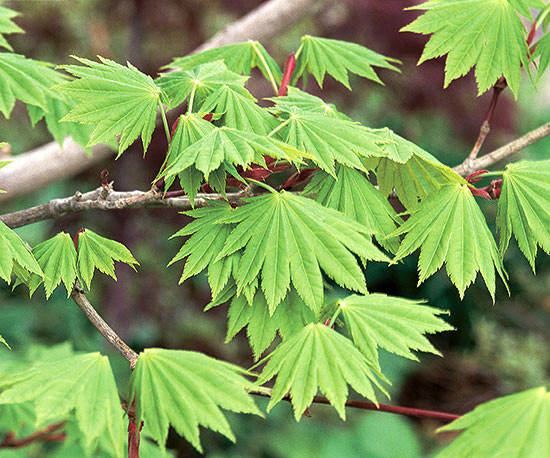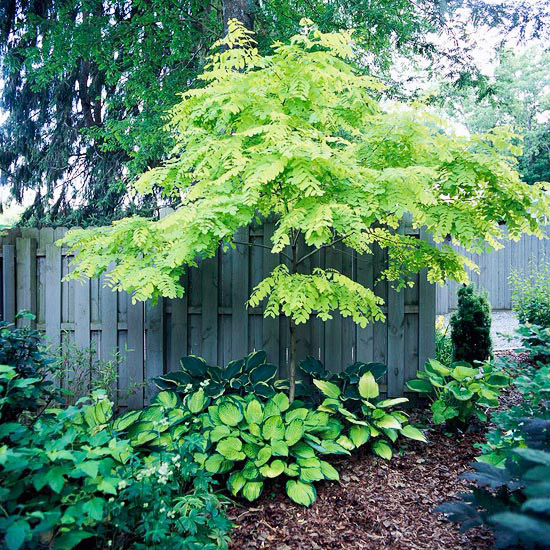






The green season begins with the pale green cones of uncurling hostas and coils of fiddlehead ferns. Summer deepens new green into mature shades. Boulders, tree trunks, and ponds may disclose the startling lime green of lichens, mosses, and algae. Mediterranean and other dry-climate plants offer a palette of dusty gray-greens that diffuse the sun's burning rays through summer's hottest days.
Green makes shady places appear fresh and cool, especially when the picture is woven with white flowers or variegated foliage. Two-tone leaves that pair green with white, silver, or gold dapple the shade with bright highlights. In coleus, houttuynia, and tovara leaves, green mingles with reds, purples, and blues, resulting in a wide palette of possibilities for shade.
continue reading below
Copyright © www.100flowers.win Botanic Garden All Rights Reserved